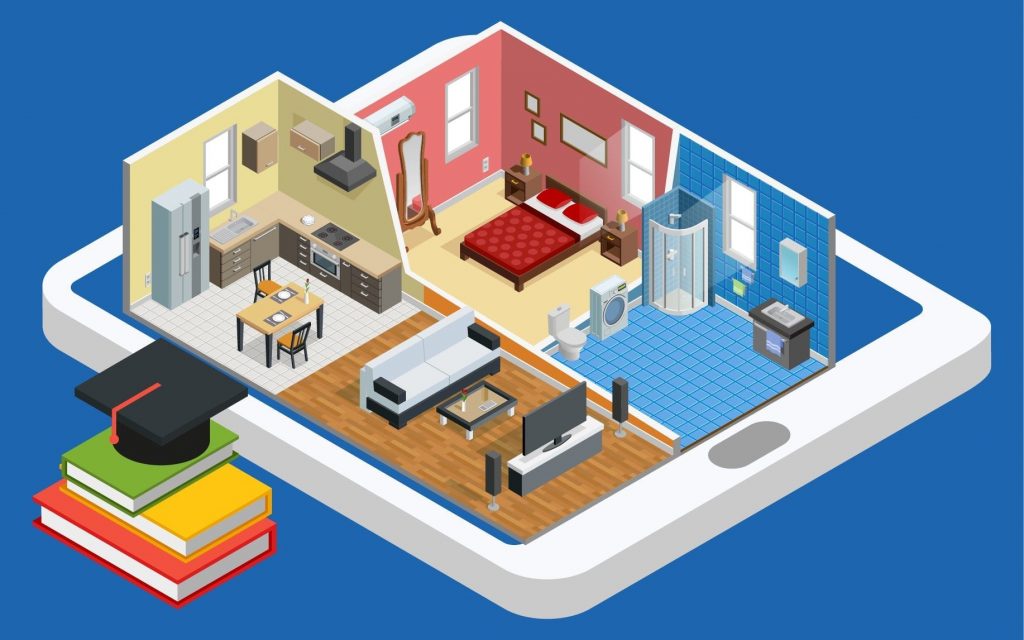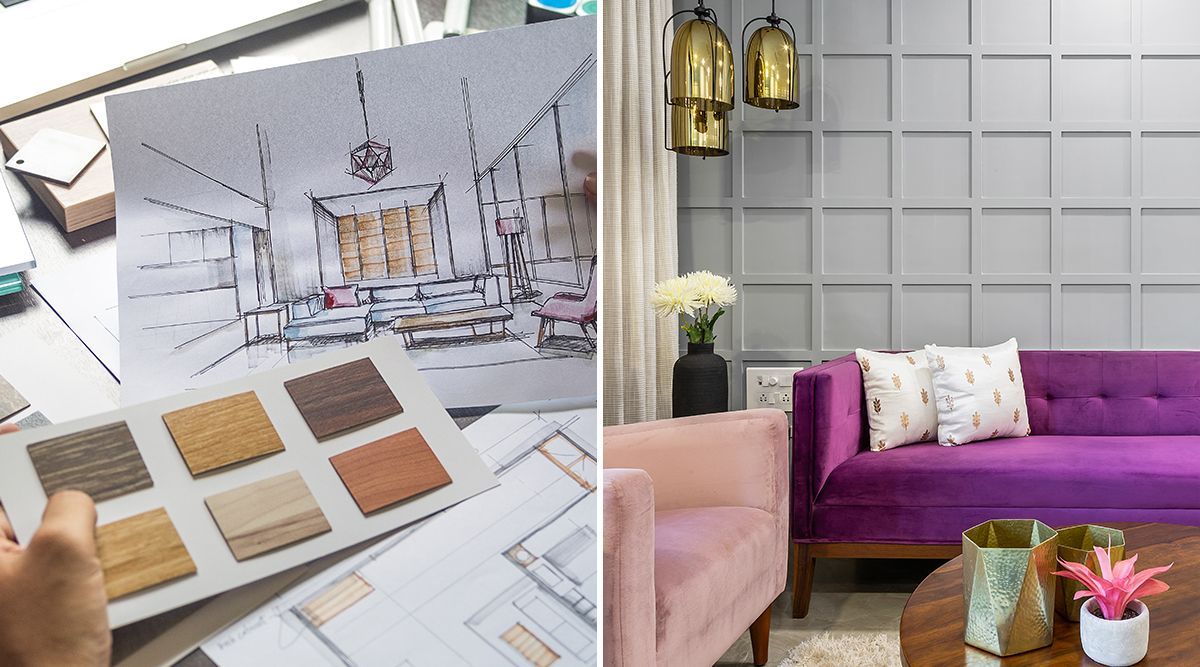The Art of Equilibrium: Just How Interior Design and Home Architect Collaborate for Stunning Results
In the world of home layout, striking a balance between aesthetics and capability is no little task. This delicate balance is achieved with the harmonious cooperation between indoor designers and engineers, each bringing their distinct expertise to the table. The outcome? Rooms that are not only visually sensational but also very comfortable. However, this best mix is not constantly simple to attain. Stay with us as we explore the intricacies of this collaborative procedure and its transformative effect on home style.
Recognizing the Core Distinctions Between Inside Style and Home Architecture
While both Interior Design and home style play essential roles in producing cosmetically pleasing and practical spaces, they are naturally various self-controls. Home architecture largely focuses on the architectural facets of the home, such as developing codes, safety and security policies, and the physical construction of the area. It deals with the 'bones' of the framework, dealing with spatial measurements, load-bearing walls, and roof covering layouts. On the other hand, Interior Design is more worried with enhancing the sensory and aesthetic experience within that framework. It involves choose and organizing furniture, selecting color systems, and integrating attractive elements. While they function in tandem, their duties, duties, and locations of knowledge split significantly in the production of an unified home atmosphere.
The Synergy Between Home Design and Inside Layout
The harmony between home style and Interior Design depends on a common vision of design and the enhancement of functional visual appeals. When these 2 areas straighten sympathetically, they can change a space from common to remarkable. This cooperation needs a deeper understanding of each technique's concepts and the ability to produce a natural, cosmetically pleasing environment.
Unifying Layout Vision
Unifying the vision for home architecture and Interior Design can develop an unified space that is both useful and visually pleasing. The balance starts with an incorporated state of mind; designers and indoor developers team up, each bringing their expertise. This unison of concepts creates the layout vision, a plan that overviews the task. This common vision is necessary for uniformity throughout the home, ensuring a liquid change from outside style to indoor spaces. It promotes a synergistic technique where architectural elements enhance Interior Design elements and vice versa. The result is a cohesive space that shows the house owner's individuality, way of life, and taste. Thus, unifying the layout vision is vital in mixing architecture and Interior Design for spectacular results.
Enhancing Useful Visual Appeals
Just how does the harmony in between home style and interior layout enhance useful looks? Designers lay the groundwork with their architectural style, making sure that the room is functional and reliable. An architect could create a home with high ceilings and large home windows.
Relevance of Partnership in Creating Balanced Spaces
The partnership between indoor developers and architects is critical in developing balanced spaces. It brings harmony in between layout and architecture, bring to life spaces that are not just cosmetically pleasing however additionally functional. Exploring effective collective strategies can give understandings into just how this synergy can be successfully achieved.
Balancing Design and Style
Balance, a necessary element of both Interior Design and architecture, can just really be attained when these 2 click here for more info fields job in harmony. This consistency is not just a visual consideration; it influences the capability, sturdiness, and get more inevitably, the livability of a space. Interior architects and developers must understand each various other's roles, respect their experience, and interact effectively. They must consider the interaction of structural aspects with style, the circulation of rooms, and the influence of light and color. This collaborative process results in a cohesive, well balanced design where every element adds and has a function to the general aesthetic. As a result, harmonizing layout and design is not practically developing attractive rooms, yet regarding crafting areas that function flawlessly for their inhabitants.
Effective Collaborative Approaches

Situation Studies: Effective Assimilation of Design and Architecture
Examining several situation research studies, it ends up being evident just how the effective integration of Interior Design and design can change a space. The Glass House in Connecticut, renowned for its minimalistic elegance, is one such instance. Designer Philip Johnson and interior designer Mies van der Rohe worked together to create an unified equilibrium in between the structure and the interior, leading to a smooth flow from the outside landscape to the inner living quarters. One more prototype is the Fallingwater Residence in Pennsylvania. Engineer Frank Lloyd Wright and interior designer Edgar Kaufmann Jr.'s joint initiatives cause look at this now a stunningly one-of-a-kind home that blends with its all-natural environments. These instance studies highlight the profound impact of a successful design and style collaboration.

Conquering Difficulties in Design and Design Partnership
In spite of the undeniable benefits of an effective cooperation in between Interior Design and style, it is not without its difficulties. Interaction problems can occur, as both parties may make use of different terms, understandings, and techniques in their job. This can result in misunderstandings and hold-ups in job completion. An additional major difficulty is the harmonizing act of appearances and performance. Engineers may prioritize architectural stability and safety and security, while designers concentrate on comfort and design. The integration of these purposes can be intricate. In addition, spending plan and timeline restraints commonly include pressure, possibly creating rifts in the cooperation. Efficient interaction, shared understanding, and concession are crucial to conquer these challenges and attain a effective and unified collaboration.

Future Trends: The Developing Relationship Between Home Architects and Interior Designers
As the globe of home design continues to progress, so does the relationship between designers and interior developers. Alternatively, indoor developers are embracing technical aspects, influencing general layout and functionality. The future promises an extra cohesive, cutting-edge, and adaptive technique to home design, as architects and designers proceed to blur the lines, fostering a relationship that absolutely embodies the art of equilibrium.
Final thought
The art of equilibrium in home design is attained through the unified cooperation in between indoor designers and architects. In spite of obstacles, this collaboration fosters development and development in design.
While both indoor style and home style play necessary roles in producing cosmetically pleasing and functional spaces, they are naturally different disciplines.The harmony between home architecture and indoor layout lies in a shared vision of layout and the enhancement of functional visual appeals.Combining the vision for home style and interior layout can produce an unified living space that is both practical and visually pleasing. Thus, unifying the design vision is critical in blending design and interior layout for spectacular outcomes.
Exactly how does the synergy in between home design and interior style enhance practical appearances? (Winchester architect)